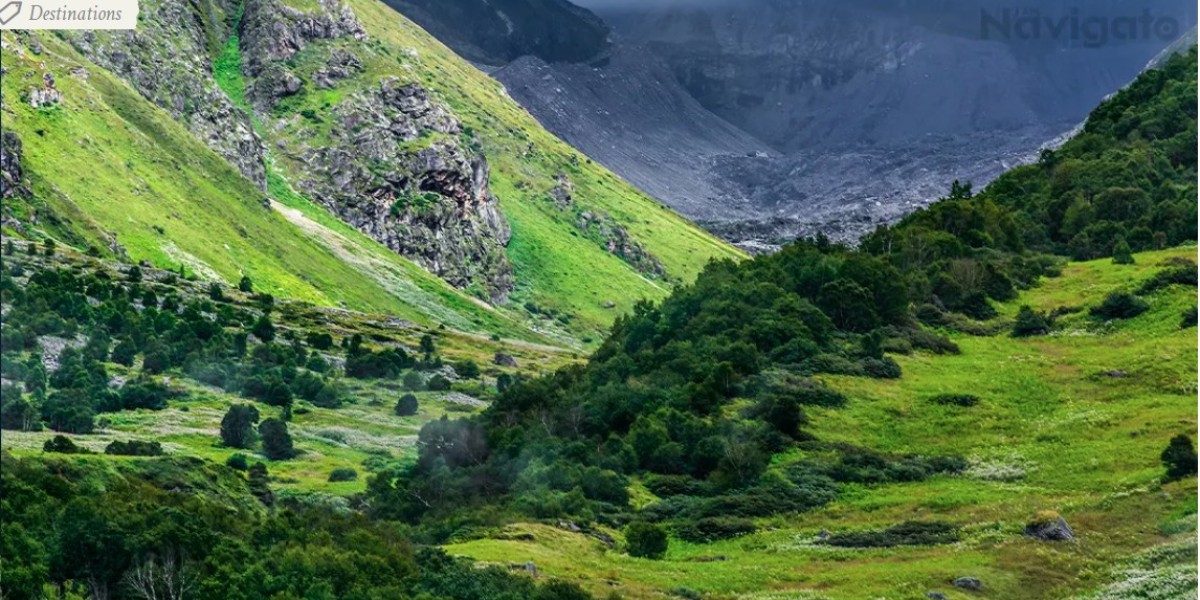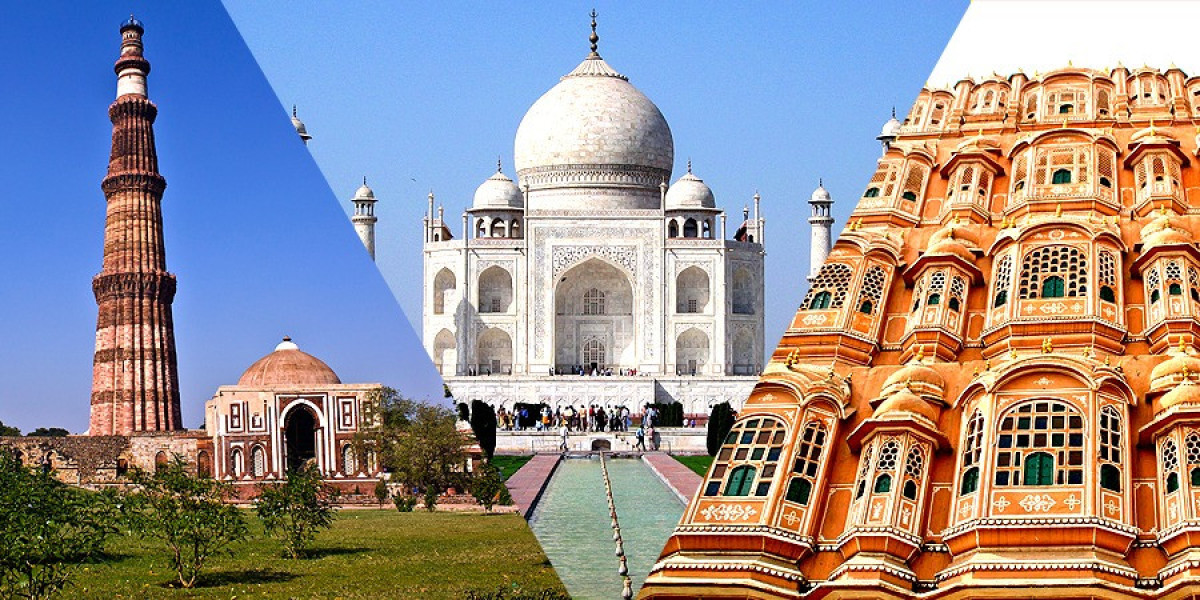Nestled high in the Himalayas of Uttarakhand, India, the Valley of Flowers is a mesmerizing tapestry of vibrant colors and serene landscapes. This UNESCO World Heritage site attracts trekkers from around the world, all eager to witness its spectacular natural beauty. If you're planning a trekking expedition to this enchanting valley, this comprehensive guide will help you prepare for an unforgettable journey.
Overview of Valley of Flowers
The Valley of Flowers National Park spans over 87.5 square kilometers, with altitudes ranging from 3,200 to 6,675 meters. It is renowned for its meadows of endemic alpine flowers and its rich biodiversity. The valley comes alive with a riot of colors from June to September, as countless species of flowers bloom, creating a breathtakingly beautiful landscape.
Best Time to Visit
The best time to trek to the Valley of Flowers is during the monsoon season, from mid-June to early September. This is when the flowers are in full bloom, and the valley is at its most vibrant. However, keep in mind that the weather can be unpredictable, so it's important to be prepared for rain and variable conditions.
Trekking Route
Getting There
The trek to the Valley of Flowers typically starts from the town of Govindghat, which is about 292 kilometers from Rishikesh. From Govindghat, you can either trek or take a shared taxi to Pulna, which is 4 kilometers away. Pulna is the last motorable point, and the real trek begins here.
Day 1: Govindghat to Ghangaria
The first leg of the trek is from Pulna to Ghangaria, covering a distance of approximately 10 kilometers. This part of the trek is relatively moderate, with well-defined trails. It takes around 5-6 hours to reach Ghangaria, a small village that serves as the base camp for trekkers heading to the Valley of Flowers and Hemkund Sahib.
Day 2: Ghangaria to Valley of Flowers
On the second day, you'll trek from Ghangaria to the Valley of Flowers, which is about 4 kilometers away. The trail is well-marked and passes through dense forests, alongside the Pushpawati River. As you approach the valley, the landscape transforms into a sprawling meadow of flowers, with towering peaks in the background. Spend the day exploring the valley, soaking in its beauty, and capturing stunning photographs.
Day 3: Ghangaria to Hemkund Sahib (Optional)
If you have an extra day, consider trekking to Hemkund Sahib, a revered Sikh shrine situated at an altitude of 4,329 meters. The trek from Ghangaria to Hemkund Sahib is 6 kilometers long and quite steep, but the views and the serene atmosphere at the top are worth the effort.
Day 4: Return to Govindghat
After experiencing the splendor of the Valley of Flowers, trek back to Govindghat via Ghangaria. The return journey is easier as it’s mostly downhill, and you can take in any sights you may have missed on the way up.
Permits and Regulations
To enter the Valley of Flowers National Park, you'll need to obtain a permit from the Forest Department office in Ghangaria. The entry fee is nominal, and the permit is valid for three days. Remember to respect the natural environment—littering and disturbing the wildlife are strictly prohibited.
What to Pack
Clothing: Layered clothing to accommodate changing weather, including waterproof jackets and pants.
Footwear: Sturdy trekking boots with good grip.
Backpack: A comfortable backpack with rain cover.
Camping Gear: Tent, sleeping bag, and mat if you plan to camp (though basic accommodations are available in Ghangaria).
Food and Water: High-energy snacks, water bottles, and a portable water purifier.
Medical Kit: Basic first-aid supplies, including altitude sickness medication.
Miscellaneous: Trekking poles, flashlight, extra batteries, camera, and a map of the area.
Health and Safety Tips
Acclimatize: Spend a day in Govindghat or Ghangaria to acclimatize to the altitude.
Hydrate: Drink plenty of water to avoid dehydration and altitude sickness.
Pace Yourself: Trek at a steady pace and take breaks to rest and enjoy the scenery.
Weather Watch: Be prepared for sudden weather changes and always carry rain gear.
Conclusion
Trekking to the Valley of Flowers is a once-in-a-lifetime experience that combines adventure with unparalleled natural beauty. By planning ahead and preparing adequately, you can ensure a safe and memorable journey through one of the most stunning landscapes on Earth. So lace up your boots, pack your bags, and get ready to be enchanted by the Valley of Flowers.



